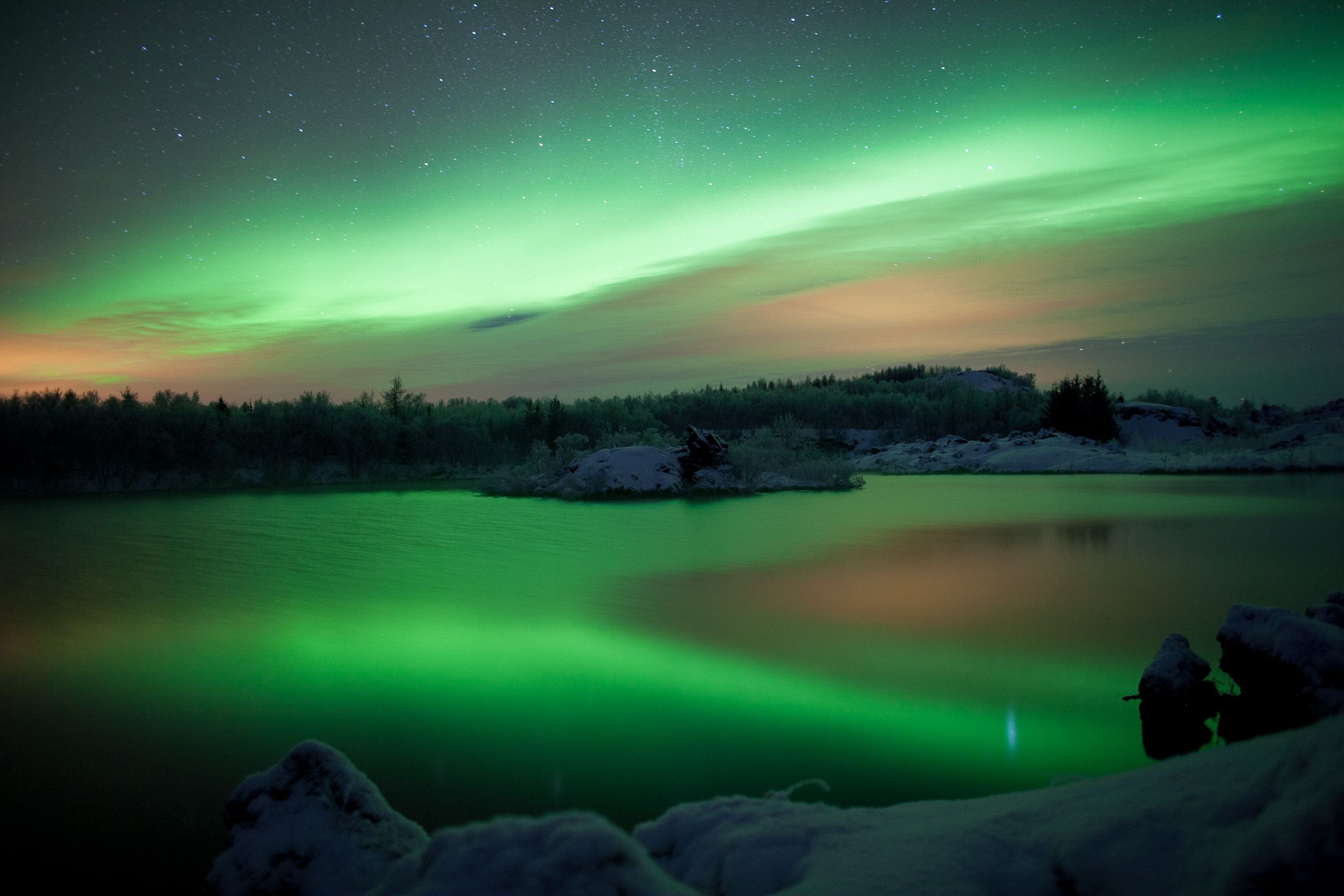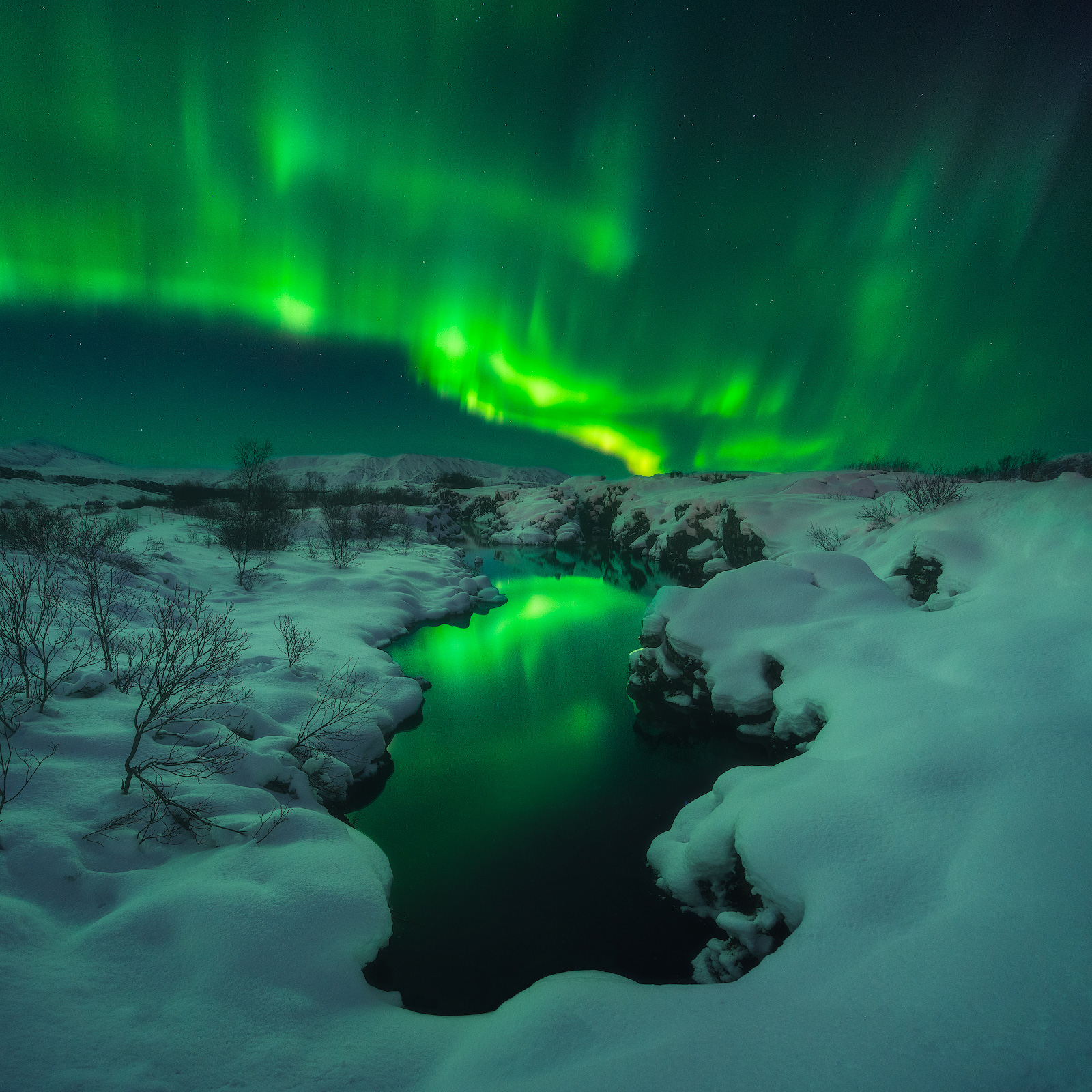

Instead of mountains, look for flat open surfaces or slightly higher viewpoints.Therefore, unless it is darker or the view is less blocked on the mountain/hill, the height is irrelevant. This is about the altitude at which the International Space Station flies! The distance to the auroras is from 80 km (50 miles) up to 640 km (400 miles), but sometimes aurora can be seen as high as 350 miles (600 kilometers).

Save yourself the trouble of climbing mountains and opt instead to find a viewpoint with a clear horizon and cloudless atmosphere. The sky should be pitch-black, so take a nap and prepare for the night’s adventure! Usually, the Aurora is not visible during daylight hours. Light pollution is the enemy of the Northern Lights! Slip away from the city’s artificial lights and dive into Icelandic wilderness.While it’s much easier to spot the northern lights in wintertime, during cusp periods like August and April you should head out to the highlands for better visibility.Winter solstice – December 21, the sun rises at 11:21 and then set at 15:30, so Reykjavík barely gets 4 hours of daylight, while the Westfjords get 2 hours and 45 minutes of light.
NORTHERN LIGHTS ICELAND FULL

However, here are some factors for you to consider that can increase your chances of viewing:

What is the Kp Index?īe aware that the aurora borealis forecast in Iceland doesn’t give absolute certainty as to where and when the Northern Lights might appear, as natural phenomena are entirely out of our control. Together with the cloud cover forecast, this map helps to detect the best time to see the Northern Lights in Iceland. Usually, it’s rare that the scale ranges higher than 8, so be sure to catch the sight of the dancing lights even at low Kp-index numbers. The higher the activity index (Kp number), the more chances you have to witness the mesmerizing aurora borealis. Watch the scale on the right side of the page that ranges from 0 to 9, where 0 indicates that there’s very little geomagnetic activity, and 9 indicates an extreme geomagnetic storm. On this website, you can see the forecast that gauges the Geomagnetic Activity level (Kp index). Light green color indicates a lower chance of auroral activity, while the spots in yellow, orange and red mean that chances of seeing the Northern Lights are very high.Įven though there are plenty of tools to track Aurora activity, one of the most reliable sources is the Icelandic Meteorological Office. It’s a good sign if you see thick areas of light yellow, orange or red on the OVATION Map. The map is updated daily around midnight (UTC). It shows 30 minutes aurora forecast for Northern and Southern hemispheres. NOAA’s Oval Variation, Assessment, Tracking, Intensity, and Online Nowcasting (OVATION) Map can also help you to observe the activity of the aurora in real time. NOAA’s Current Aurora Borealis Forecast for the Northern Hemisphere


 0 kommentar(er)
0 kommentar(er)
